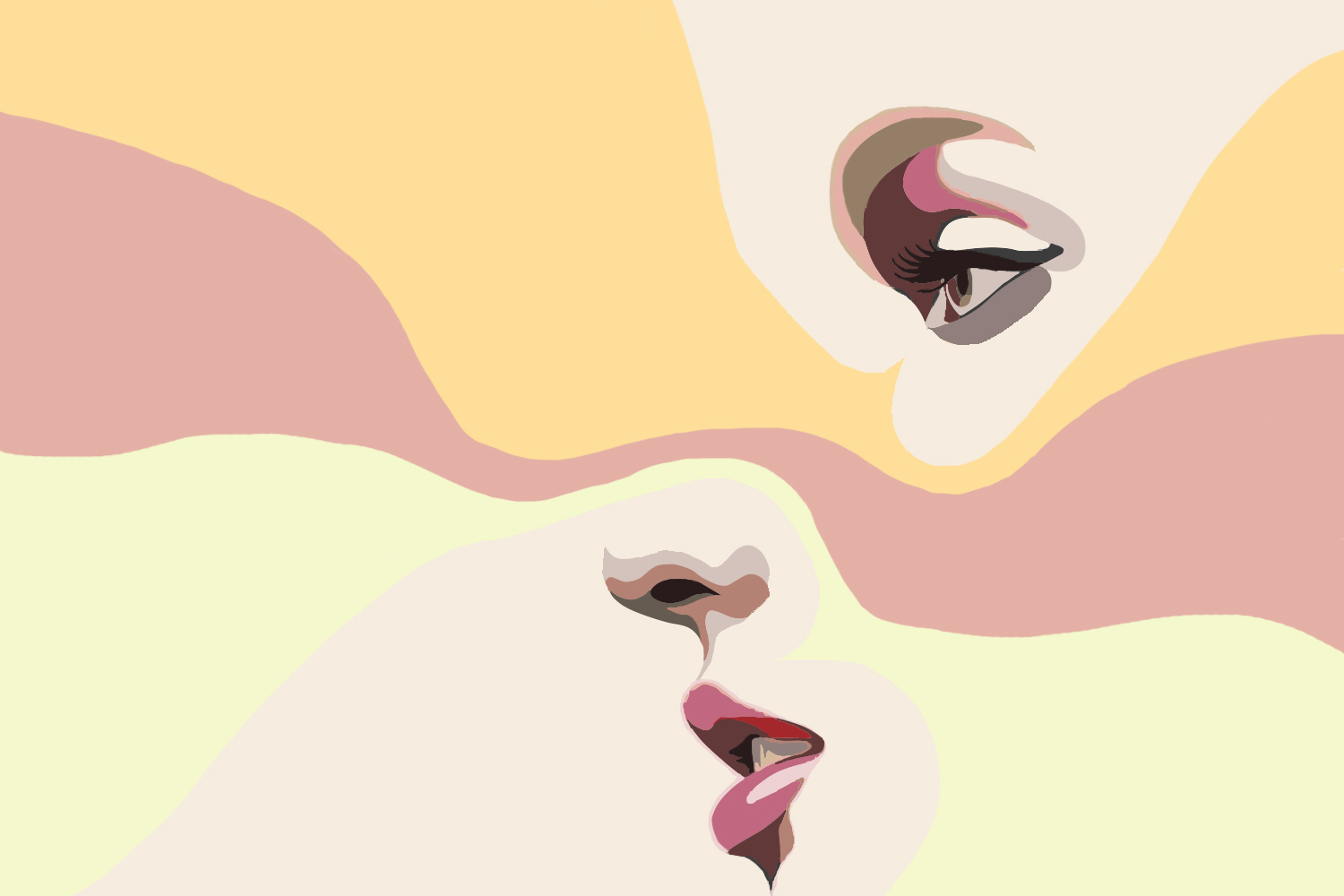Brightening, evening and whitening are three buzz words that appeal to many consumers when they’re shopping for products in the health and beauty category. These three words are often used interchangeably even though they each have different definitions. The definition of brightening, according to Merriam-Webster, is “to make bright or brighter,” whereas whitening is defined as “the act or process of making or becoming white.” Evening doesn’t deal with the luminescence or dullness of something but instead refers to “making or becoming even”.
In regards to beauty, brightening products are more suited for consumers that have acne scarring or dark spots. The main goal? Blocking the production of future pigmentation. Whitening is a beauty trend that is most popular with the Asian consumer due to historical importance of having youthful, porcelain skin. The whitening agent in these products is designed to improve the texture and overall health of the skin, while improving its natural radiance. Evening is simply improving skin discoloration by making it one tone.
This trifecta of benefits for the “ideal appearance” are printed on several products that we use daily like skincare, makeup, toothpaste and mouthwash. However, all of these effects are surface-level. That’s all cosmetics is in the end一surface level. Marketers and companies have used these three words, or variations of them, as some sort of placebo to make the consumer believe that the skincare item they are using has some greater, deeper effect. Depending on the target consumer, marketers will use this lingo to reel in certain races or ethnicities.
When it comes to brightening and whitening, a commonly misused word is bleaching. Bleaching has a negative connotation and when it’s on packaging or marketing material for beauty products, controversy arises. The effects of bleaching, or “skin lightening” as some like to call it in an attempt to make the task sound less harmful, can include skin irritation, inflammation, burning or stinging and itchy or flaky skin. Knowing that the words have different meanings from the dictionary to the beauty industry help with the interpretation and meaning these terms have throughout cultures.
As aforementioned, Asian women have historically used whitening products as part of their skincare regimen. Long before advanced science, products such as egg yolk and white rice were natural ingredients used to achieve the fair skin look that western women have, and that Asian women have historically idolized. Fairness also equates to fertility, youth and status; so, if you’re a marketer, you know that the Asian consumer would be more into sun prevention than self tanner.
In Jamaican culture, black women also desire a lighter brown complexion and achieve it in a process called “browning.” Most of the women who participate in this regimen were introduced to it by elders within the family and have carried on this practice. During the times of colonialism and slavery, the women who were “brown” received special privileges and were perceived differently than those who were “black” and seemingly poor. Christopher Charles, Ph.D, a senior lecturer in political psychology at the University of the West Indies states, “It’s about following standards that are dictated by Eurocentrism. It’s a response to hundreds of years of colonial indoctrination that has been passed down through socialization since independence.”
With the rise of diversity in the models used for marketing material in the beauty industry, this cultural stereotype is on the path of decline. Being told that being “too dark” in complexion means that you aren’t beautiful is the oldest lie in the book and needs to be thrown out, especially when Black people account for 86% of the revenue made in the ethnic hair and beauty aids segment.
Similarly, in India, fair skin is also idolized and achieved by applying a Saffron paste to the skin. In the 15th – 17th centuries, India was inhabited by European settlers all of whom had fairer and lighter skin that they equated to being prettier, of a higher status and more powerful.
Countries in Africa, such as Cote d’Ivoire, have banned skin lightening creams due to their negative association and the perception that “black” and “brown” people have to conform to an oppressive societal beauty standard. Not only are these standards damaging to self esteems, but also to the skin due to the chemicals such as mercury and hydroquinone being used in some of the more serious skin lighteners.
Whatever the case may be culturally, we are in an age where skin lightening and bleaching still occurs; but because of modern science and technology, consumers are able to obtain the desired outcome without any negative consequences. If you’re in the market for skin brightening, whitening or evening products, ingredients such as vitamin C, licorice, niacinamide, papaya and willow bark extract are much more friendly to the face and have positive long-term effects. These three buzz words are stepping stones to a greater conversation on throwing out old beauty standards and simply being who you are and how you are with historical precursors forgotten.
Written by Morgan Daniel
Graphic by Hannah Harris

